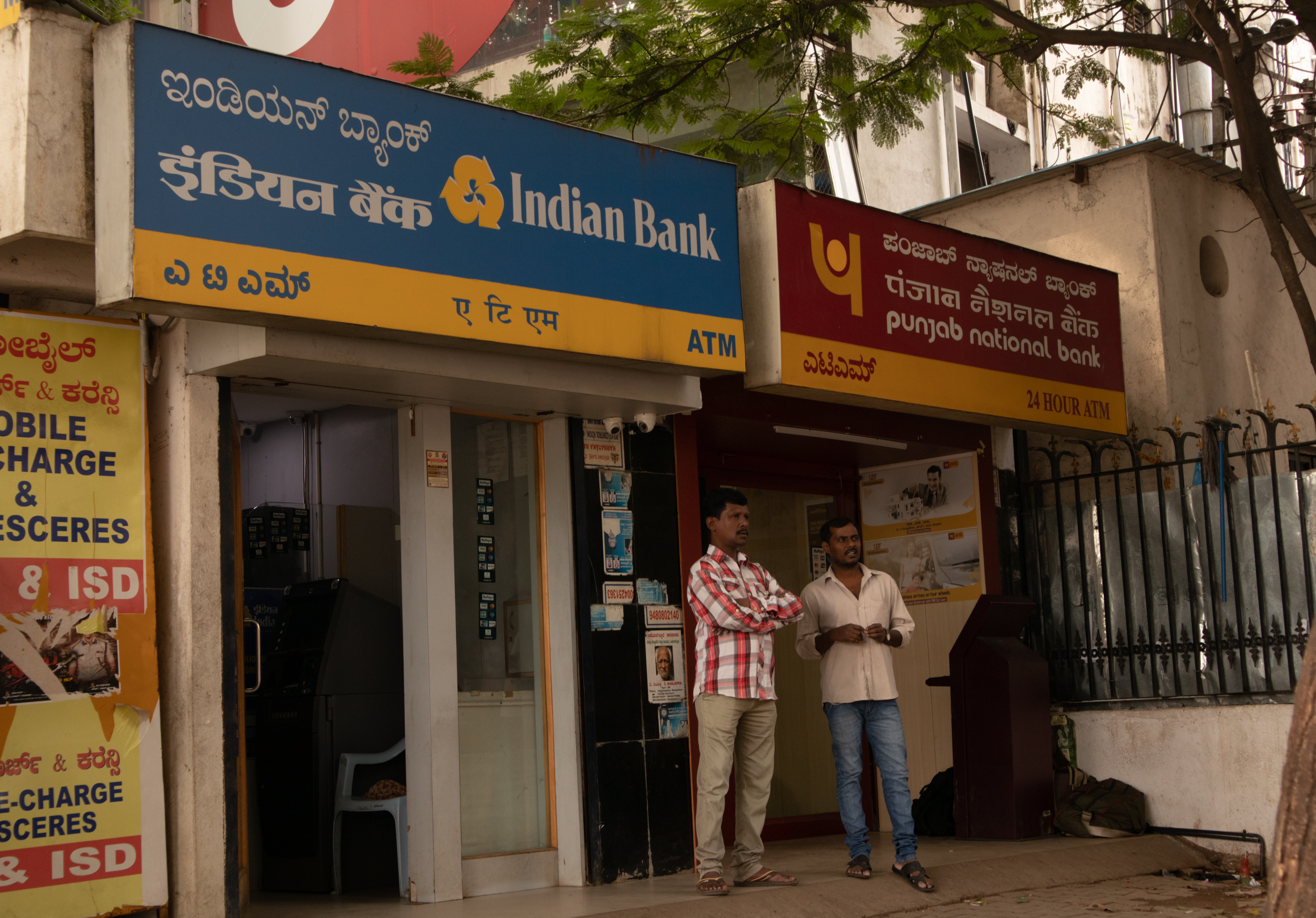.png)

Groupthink is the House View of BasisPoint’s in-house columnists.
July 1, 2025 at 3:18 PM IST
India’s new Employment Linked Incentive Scheme is among the most ambitious labour-market interventions in the country’s recent history. Approved by the Cabinet with an outlay of nearly ₹1 trillion over two years, it aims to incentivise creation of 35 million new jobs between August 2025 and July 2027. The government hopes to simultaneously formalise employment, support first-time workers, and encourage employers, especially in manufacturing, to expand headcounts.
At first glance, the ELI Scheme is striking for its scale. By splitting incentives between employees and employers, the policy designers have tried to address multiple bottlenecks in India’s labour market. For workers entering formal employment for the first time, verified via Employees’ Provident Fund Organisation records, the government will effectively pay them one month’s salary, up to ₹15,000, in two instalments. This payment is conditional on completing at least 12 months of service and undergoing a financial literacy module, with a portion of the incentive locked in a savings account.
The employer side of the scheme is even more elaborate. Registered firms hiring additional staff above a baseline will receive monthly subsidies for each new employee earning up to ₹1 million per year. Payments range from ₹1,000 to ₹3,000 monthly per worker, depending on salary band, for up to two years. For manufacturing sector hires, incentives can continue up to four years. By design, the scheme incentivises small employers to take on at least two additional employees, and larger ones to expand by at least five.
This dual structure is its most thoughtful feature. Unlike past wage subsidies that either targeted employers or employees, this tries to push both sides of the market. For workers, it reduces the barrier to formal jobs, incentivising them to join the EPFO system and secure social security coverage. For employers, it trims wage bills just enough to make new hires more attractive, particularly in sectors with tight margins or post-pandemic caution.
There are clear precedents globally. Wage subsidies, hiring incentives, and employment-linked tax credits are widely used. Australia’s JobKeeper and general wage subsidy programmes, the United Kingdom’s Kickstart scheme, and South Africa’s Employment Tax Incentive all use variations of this approach. These programmes typically aim at youth employment, formalisation, or economic recovery after crises. India’s ELI appears to be a hybrid that is both an employment generation scheme and an aggressive formalisation strategy.
Incentive Gamble
India has experimented with such incentives before. During the COVID-19 crisis, the government launched the Atmanirbhar Bharat Rozgar Yojana, which subsidised Employees’ Provident Fund contributions for new formal hires. Employers received up to 24% of wages covered for eligible workers earning up to ₹15,000 per month.
This scheme supported around 6 million workers with an outlay of approximately ₹228 billion, aiming to ease post-pandemic hiring costs and expand formal social security coverage. While narrower in scale and scope, it provided a template for wage cost subsidies that the new Employment Linked Incentive Scheme now expands upon with direct wage incentives, broader salary eligibility, and an added focus on financial literacy and manufacturing sector employment.
Yet the very scale that makes ELI bold also exposes it to significant risks. Verifying first-time formal entrants, monitoring employers’ baseline headcount, and ensuring that jobs are genuinely new will require administrative capabilities that India has often struggled to deploy effectively. The EPFO is far more digital and modern than it was a decade ago, but leakages and fraudulent claims remain a risk.
There is also the challenge of targeting. With an income ceiling of ₹1 million per year for eligible jobs, the scheme risks skewing towards better-paid formal sector hires who might have found employment anyway. The real crisis of informality lies among workers earning ₹120,000 to ₹240,000 per year, who have no benefits or stability. While subsidy amounts are tiered to favour the lower end of the wage scale, the design could still overcompensate firms that simply reshuffle their staffing or split payrolls to qualify.
Fiscal sustainability is another question. Nearly ₹1 trillion over two years is no trivial sum, particularly given other welfare and capital commitments. The government argues that formalising jobs will expand the tax and social security base over time, yielding second-order benefits that outweigh the upfront cost. That logic is sound, but the returns are not guaranteed.
It is also not clear that wage subsidies alone can create sustainable jobs if underlying demand is tepid. Many firms might hire to capture the subsidy and then retrench once it expires. This is a familiar risk in international experience. For manufacturing, the longer benefit period is well-intentioned but only valuable if paired with investment in capacity and demand for manufactured goods.
Ultimately, the ELI Scheme is best understood as a high-stakes employment experiment. It is an acknowledgment that India cannot simply rely on growth trickling down to create formal jobs, especially for its youth bulge. It is also an admission that informality cannot be wished away without incentives for both workers and firms. If it succeeds, it could mark a turning point in India’s social security expansion, much like the Goods and Services Tax tried to do for tax compliance.
But its success will depend less on the promise of millions of jobs than on the quality of its implementation, the integrity of its monitoring systems, and the government’s ability to learn and adapt as it rolls out. A policy that is both generous and vulnerable to misuse is a policy that demands vigilance above all.




